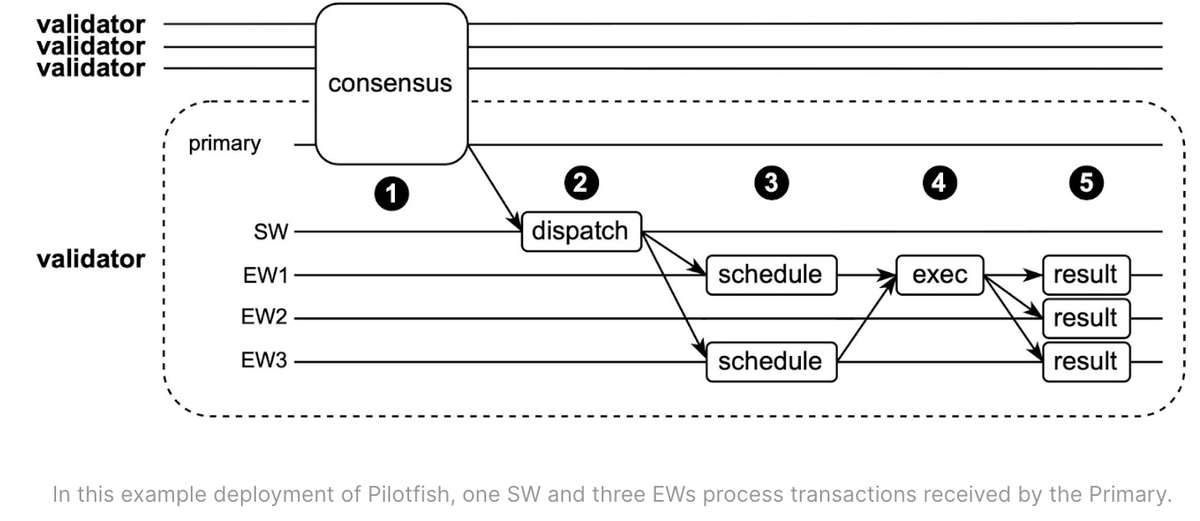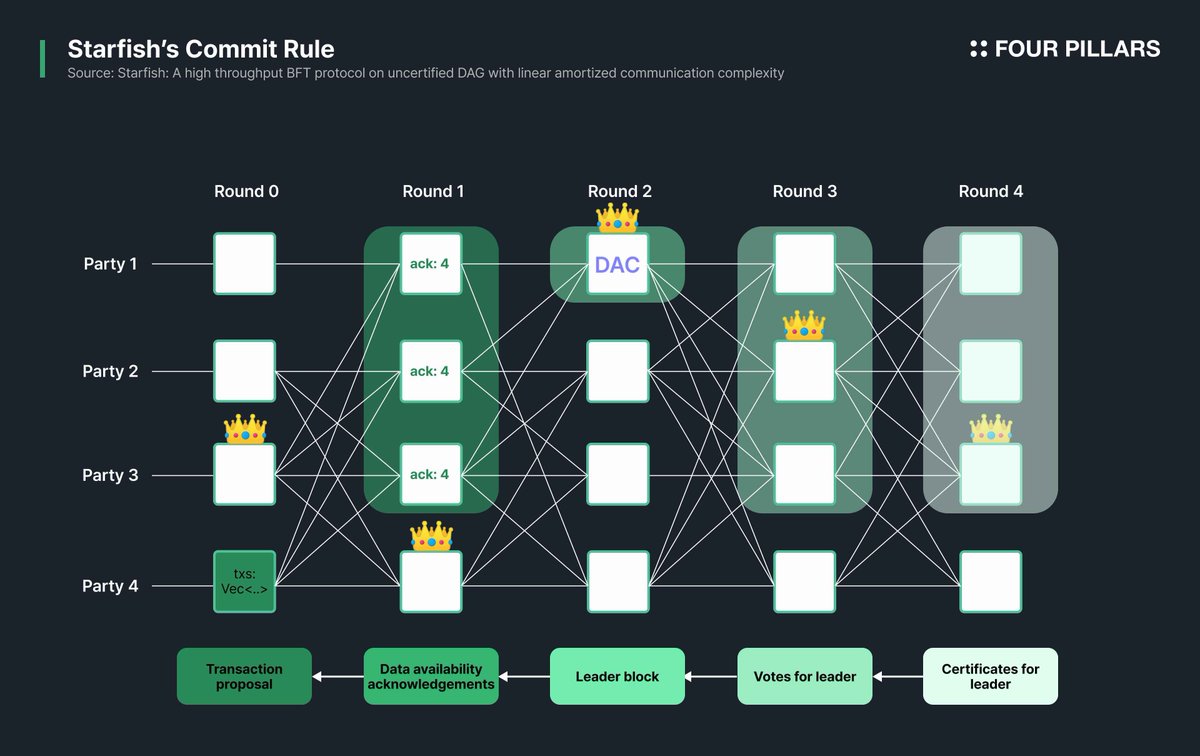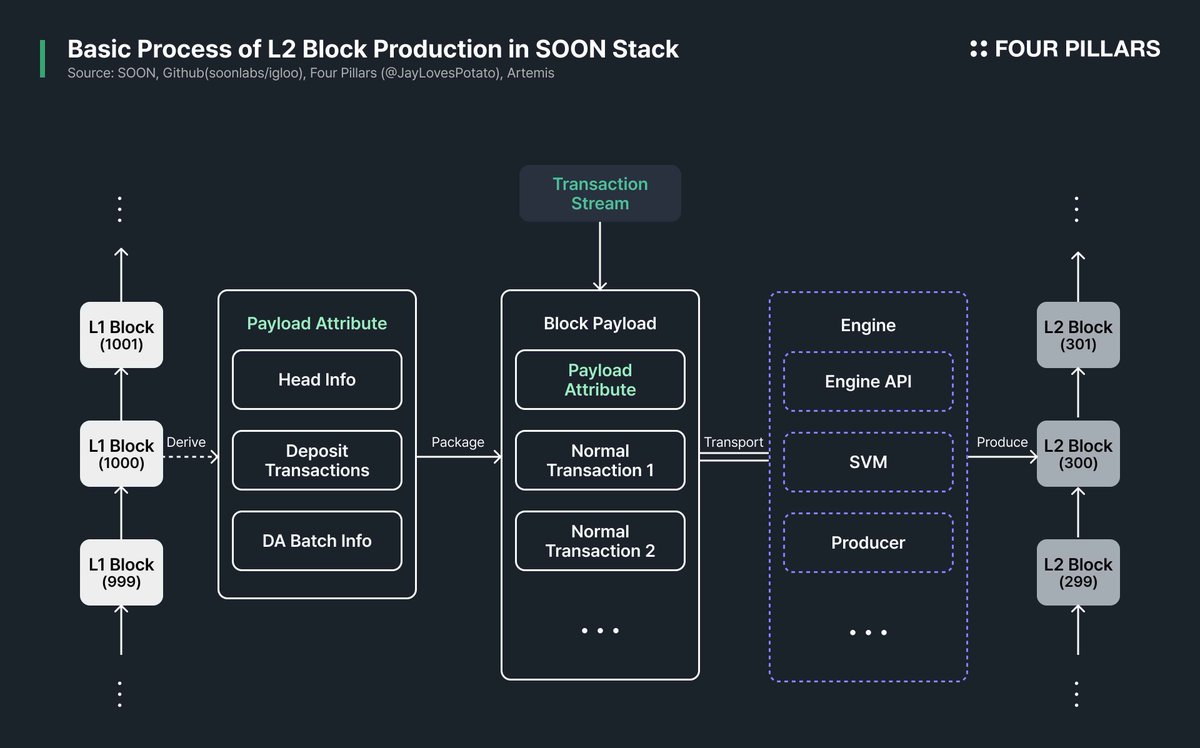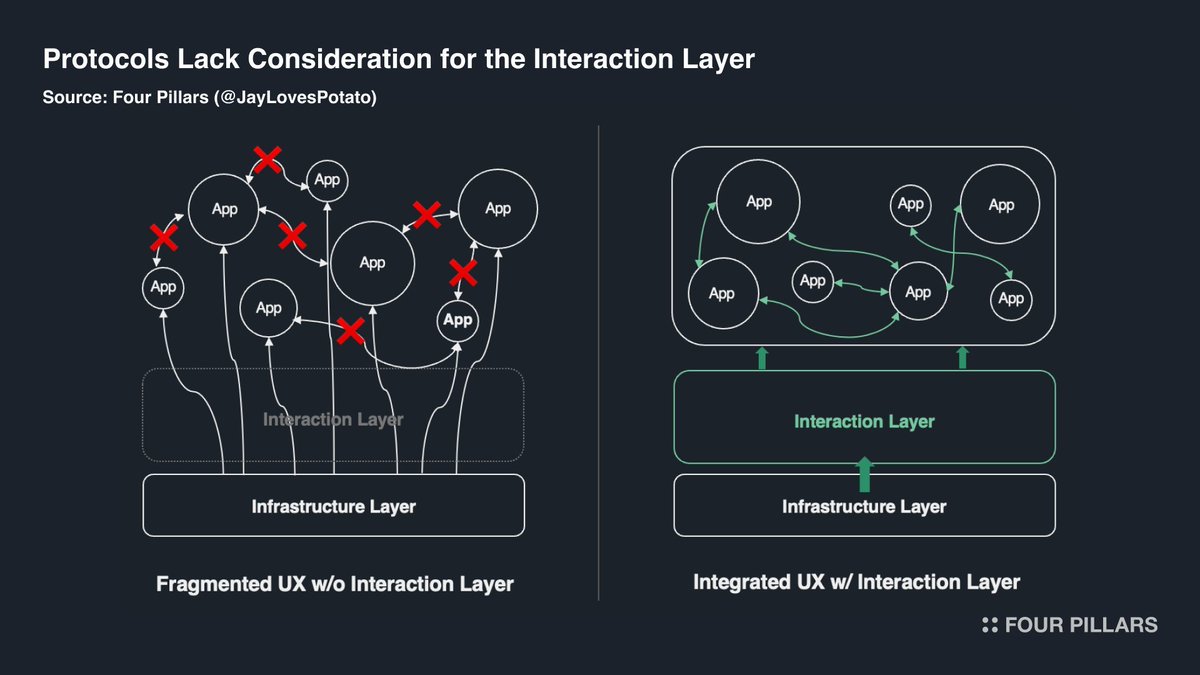: : Divide and Conquer — Scalability Hinges on the Separation of Execution Layer and Consensus Layer
As a researcher, there’s nothing more thrilling than witnessing the rise of players driving real technical innovation. One such area that caught my attention last year was "the decoupling of execution and consensus engines".
Every system can ultimately be broken down into "components" and the "interactions" between them.
Optimization, then, becomes a twofold effort:
1) improving the performance of individual components,
2) and refining how they interact / communicate.
Along these lines, the architecture of every virtual machine can theoretically be enhanced by separating the execution layer from the consensus layer—leading to potentially exponential gains in performance.
But it's not just about the performance—this separation can also play a pivotal role in enabling sovereign chains to scale and develop their own ecosystems with greater independence.
1. Sui’s Lazy Blockchain Architecture
Sui(@SuiNetwork) is creating an unforkable, integrated full-stack chain tailored to the Move ecosystem—built by composing modular infrastructure layers that excel in their respective roles. One of the most important pieces in this journey is Pilotfish.
Source: Sui Blog
Sui plans to adopt a Lazy Blockchain structure that decouples the execution engine from the consensus engine, and Pilotfish enables horizontal scaling through multi-machine parallel execution and aims to provide an execution environment optimized to keep pace with the high-performance Mysticeti consensus engine.
→ For more details, refer to @Steve_4P 's latest Sui Mega Report.
2. IOTA’s Rebased Initiative
Another noteworthy development is IOTA(@iota)’s Rebased initiative.
Acknowledging the need for broader adoption and richer asset expressiveness, the IOTA team recognized that embracing smart contracts was essential. As a result, they’ve restructured their entire Layer 1 protocol by forking the advanced Sui tech stack.
Interestingly, IOTA isn’t merely replicating Sui’s trajectory. Instead, drawing on nearly a decade of DAG research, it separated the execution engine and redesigned the stack to reflect its own architectural principles.
IOTA’s forthcoming execution engine, Starfish, represents a compromise between the strong guarantees of certified DAGs and the efficiency of uncertified DAGs (i.e., Sui’s Mysticeti).
Starfish is designed so that, after blocks are proposed and some time passes, the availability of transaction data can be proven—minimizing the risk of malicious nodes hiding or omitting data.
→ For a deeper analysis, see my article on IOTA.
3. Decoupled SVM & SVM API
The Solana Virtual Machine(SVM), grounded in a bottom-up “OPOS” (Only Possible on Solana) ethos, has seen rapid development of libraries, standards, and technologies by a wide range of builders. This has led to swift enterprise adoption—particularly in the stablecoin and payment sectors.
To further maximize performance, the SVM has been modularized and decoupled, where @anza_xyz 's SVM API laid the foundation for this shift.
Building on that, @soon_svm has been reengineering the stack by removing validator-related components (such as Tower BFT and PoH) from the traditional SVM architecture, refining the TPU execution process, and designing new mechanisms to better suit various rollup-based environments.
By introducing Merkleization into the PoH structure for state proofs, removing unnecessary steps from the traditional TPU process, and handling state roots through a separate logic layer, SOON’s Layer 2 has achieved more efficient state management and verification.
This architecture enables support for fraud proof mechanisms, paving the way for independent scalability across various consensus layers.
→ For more, check out my article on SOON.
4. Initia’s Interwoven Stack
Initia(@initia) takes a more holistic approach, aiming to foster a "high-quality environment for full-stack applications" by abstracting away VM complexity.
In today’s multi-chain reality, builders often require flexibility. Initia addresses this by abstracting various VMs and enabling developers to mix and match their best features. The interaction layer acts as middleware, removing infrastructural friction so teams can focus purely on business logic.
→ Follow @G_Gyeomm and explore his articles on Initia for further insights.
--
The blockchain industry continues to cycle through narratives at a dizzying pace—often to the point of fatigue. And yet, beneath the surface, infrastructure continues to quietly mature.
What matters now is how these infra-oriented players position their technologies—and whether they can successfully attract builders with applications that reflect their unique strengths.
Show original



9.78K
45
The content on this page is provided by third parties. Unless otherwise stated, OKX is not the author of the cited article(s) and does not claim any copyright in the materials. The content is provided for informational purposes only and does not represent the views of OKX. It is not intended to be an endorsement of any kind and should not be considered investment advice or a solicitation to buy or sell digital assets. To the extent generative AI is utilized to provide summaries or other information, such AI generated content may be inaccurate or inconsistent. Please read the linked article for more details and information. OKX is not responsible for content hosted on third party sites. Digital asset holdings, including stablecoins and NFTs, involve a high degree of risk and can fluctuate greatly. You should carefully consider whether trading or holding digital assets is suitable for you in light of your financial condition.

